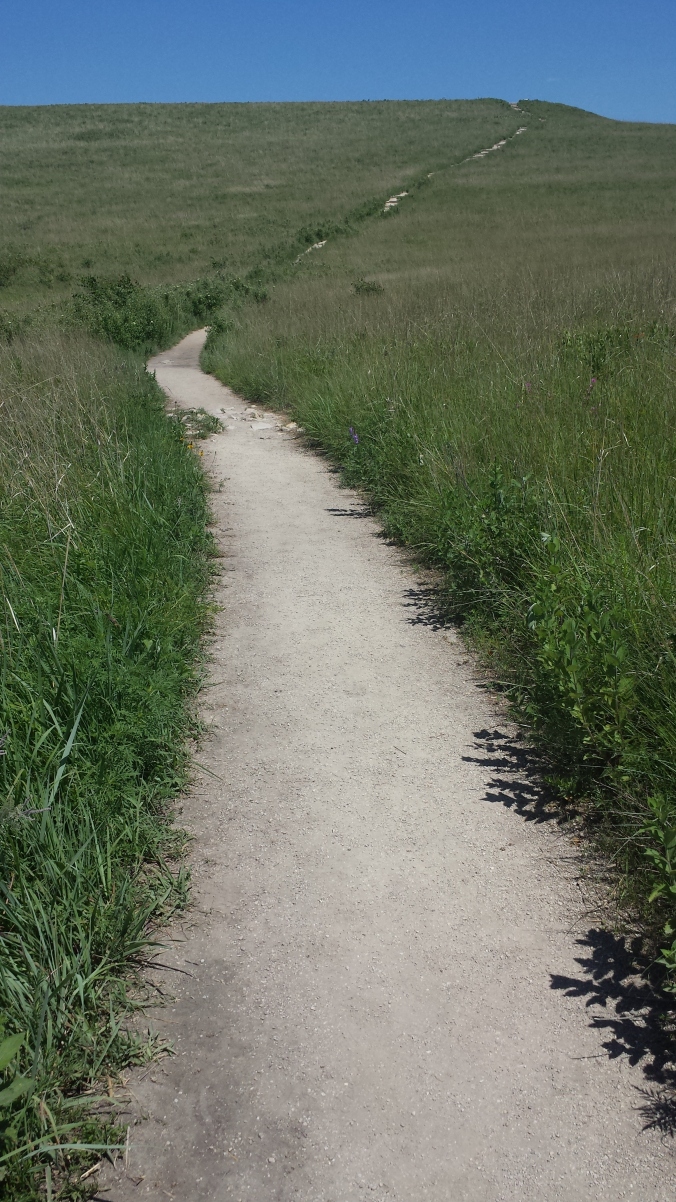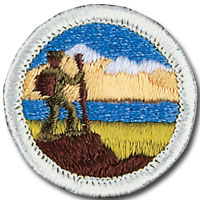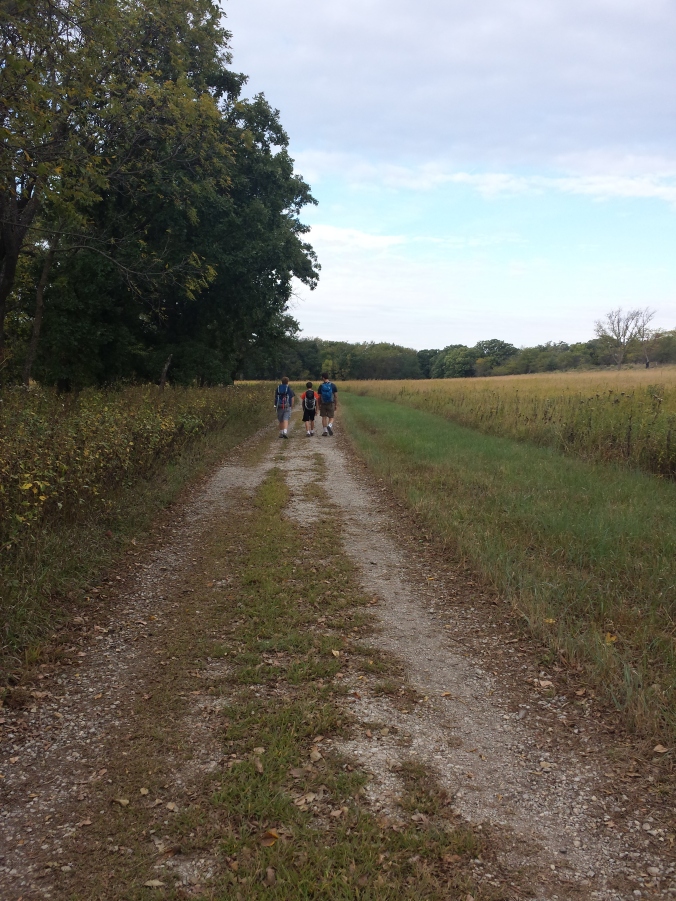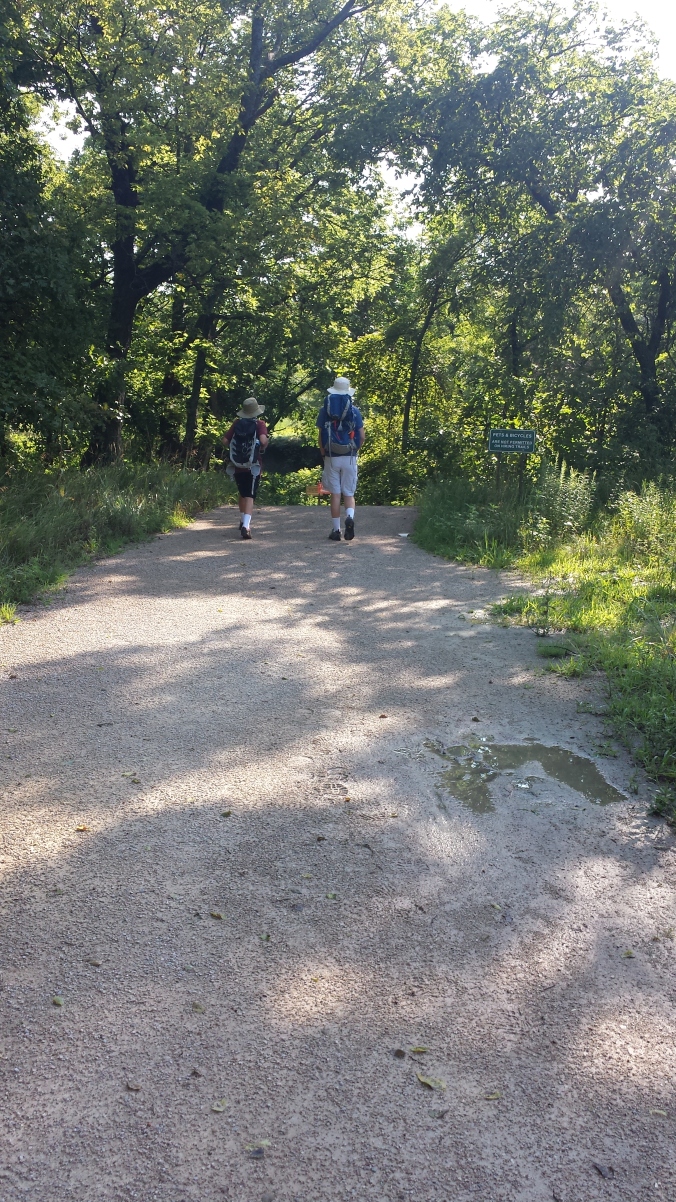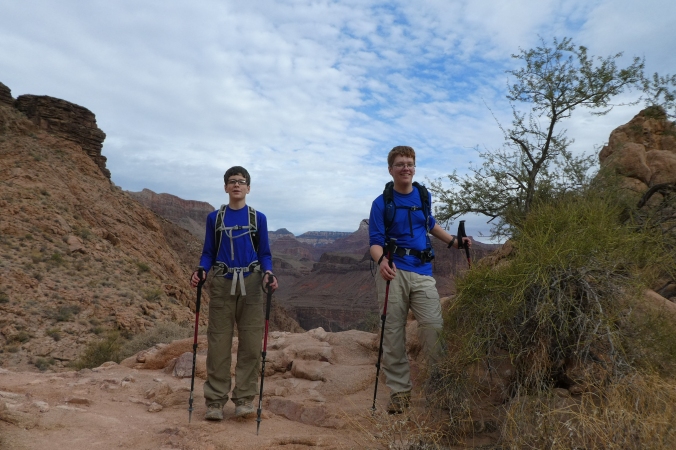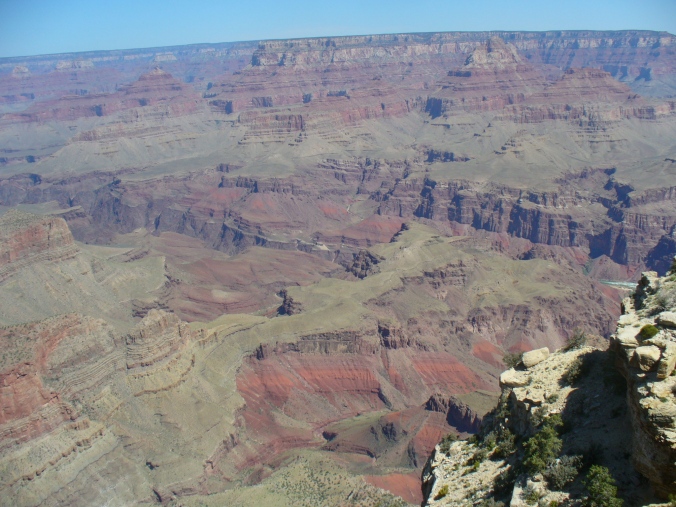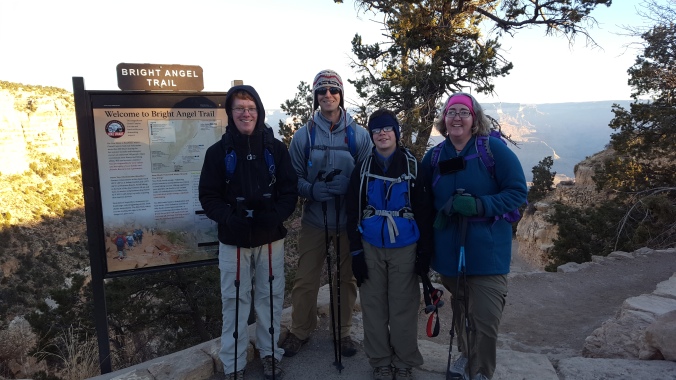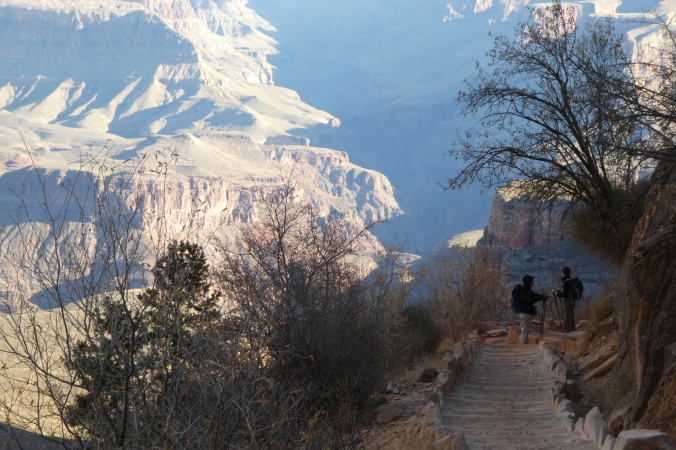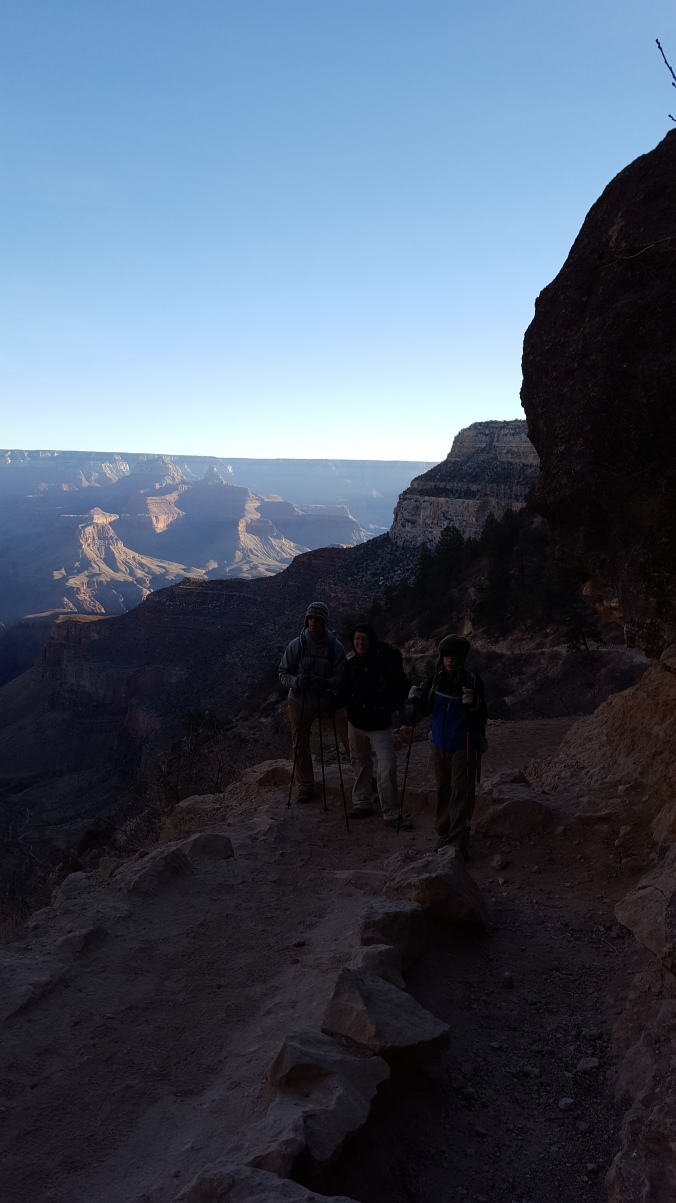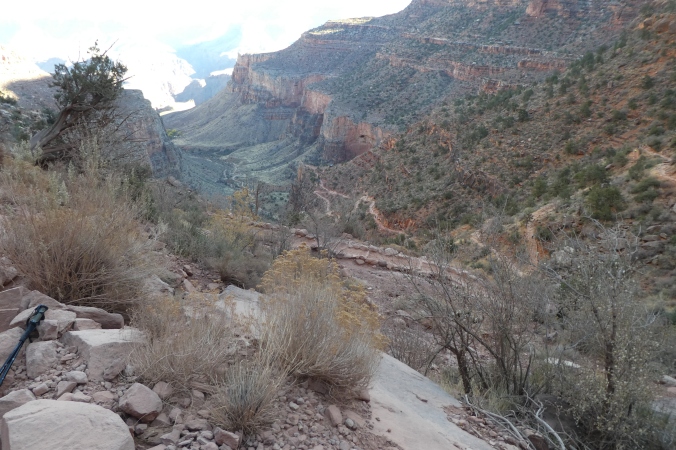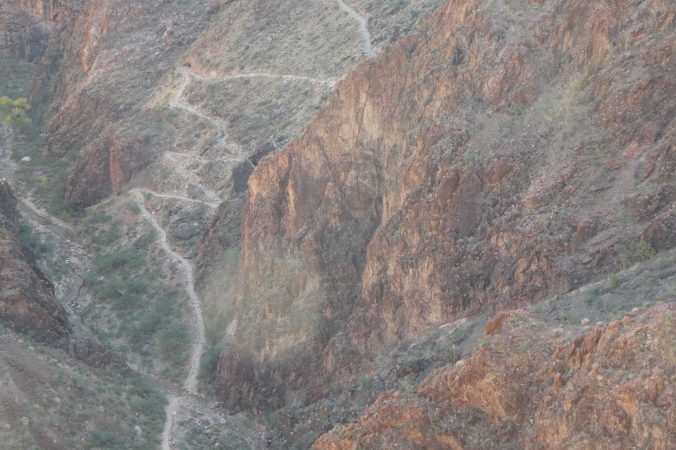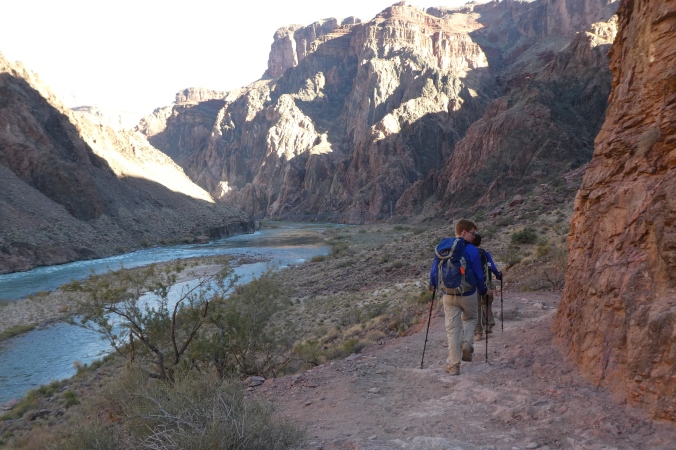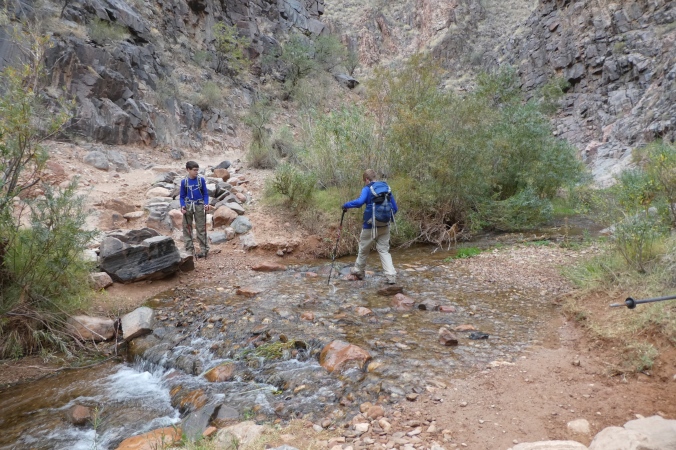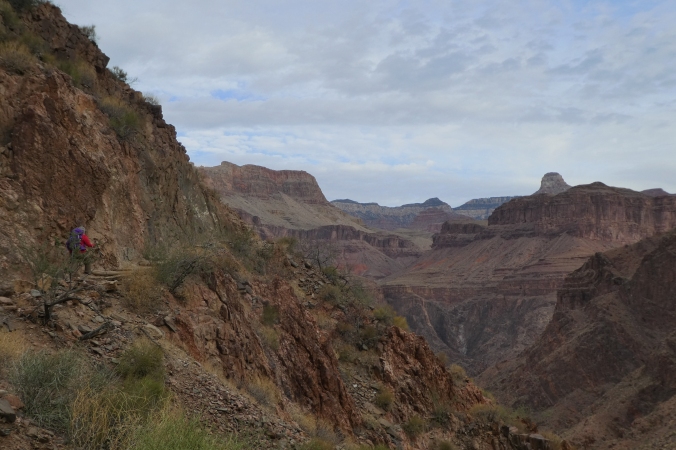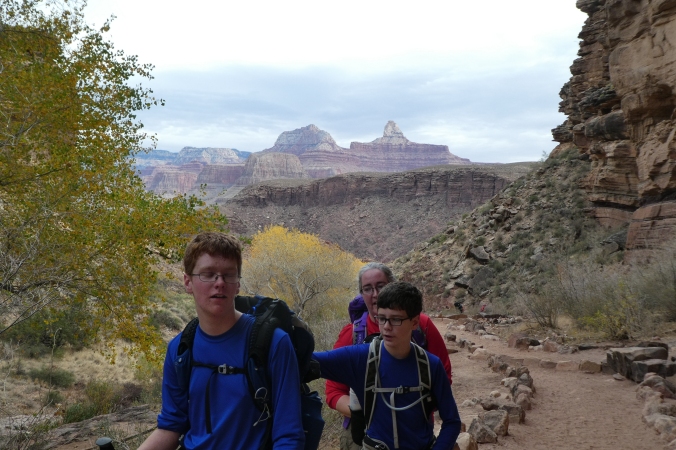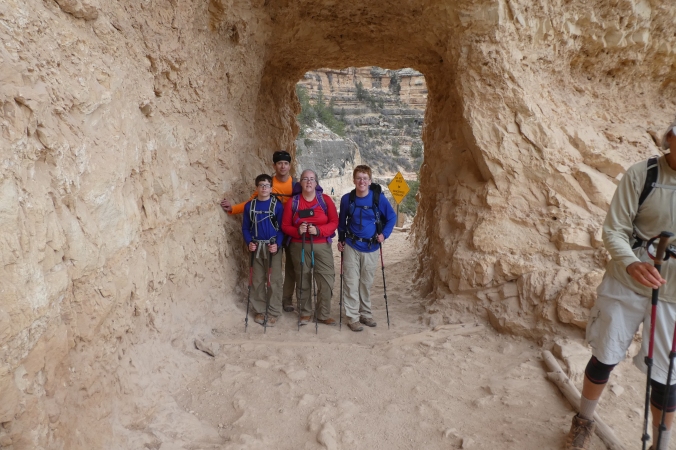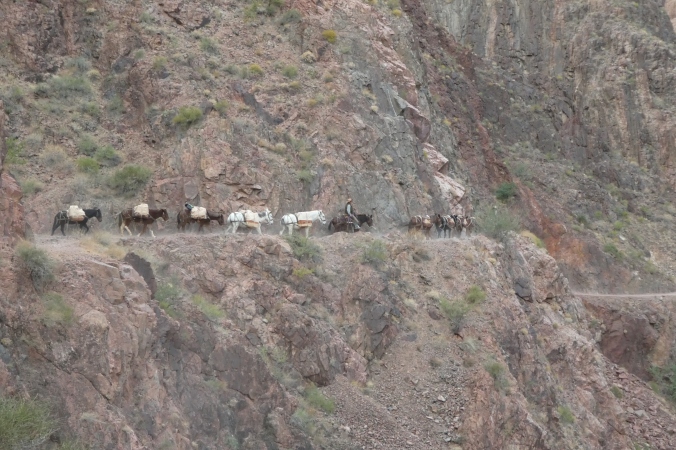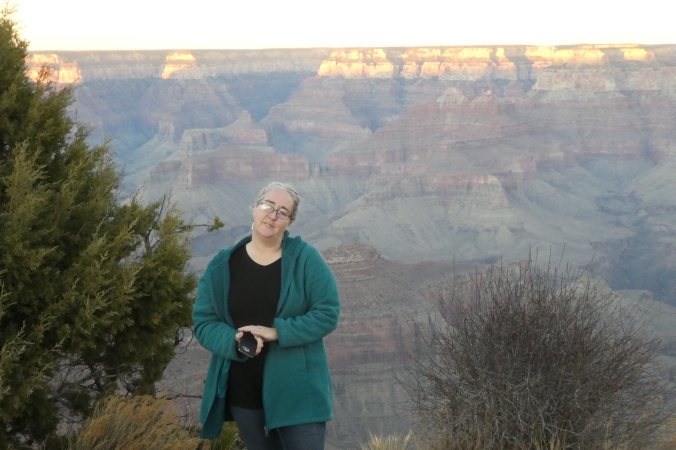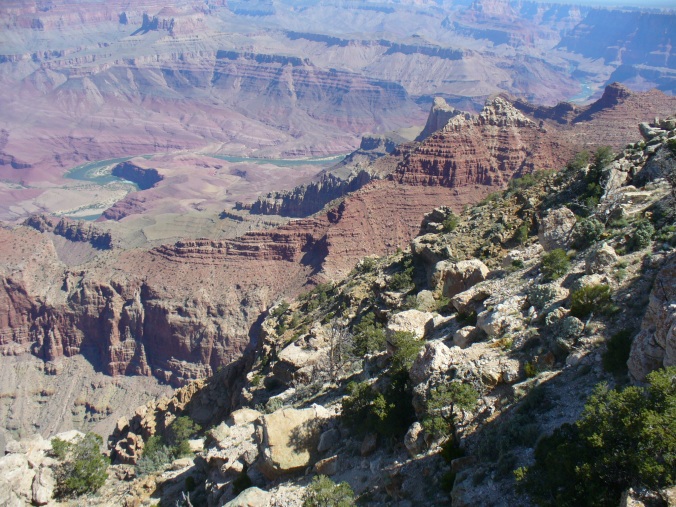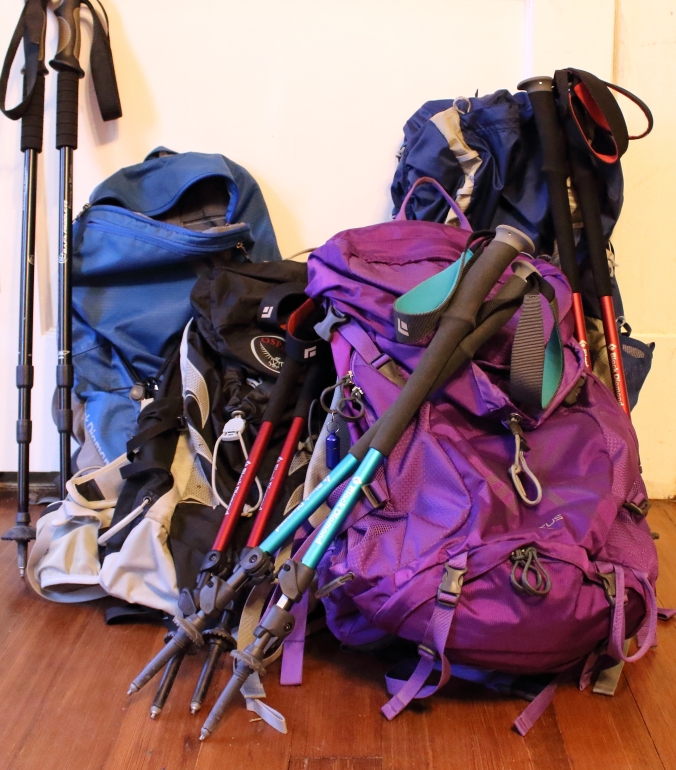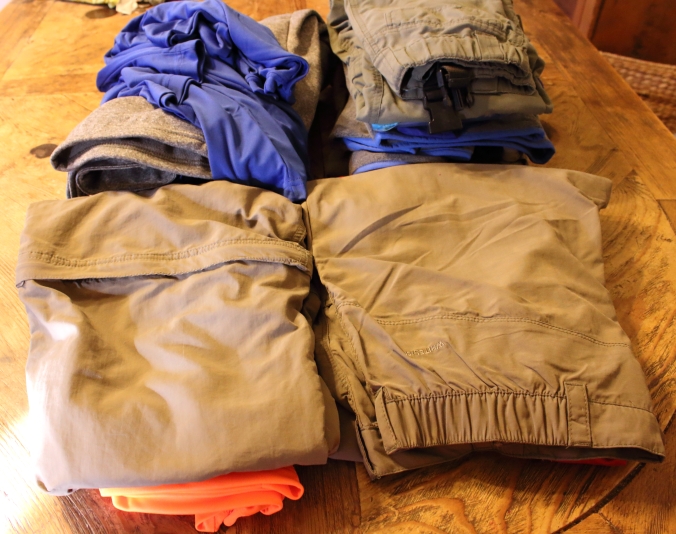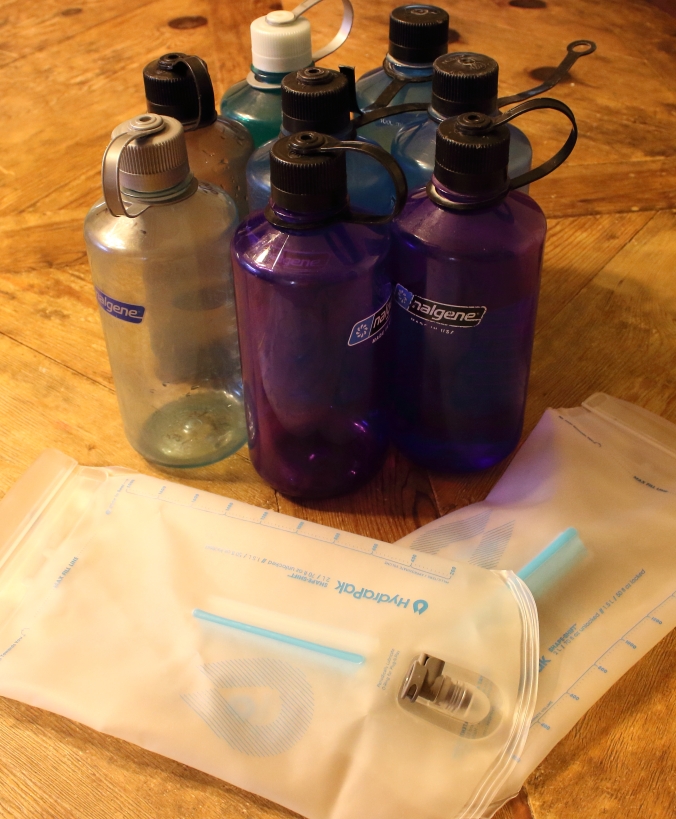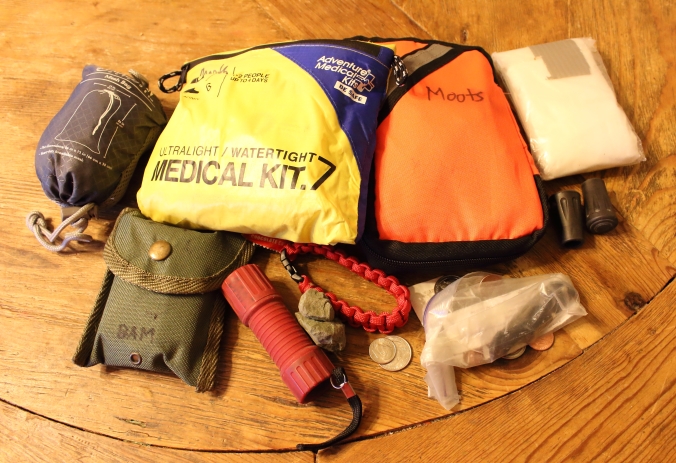The first thing I should say is that this post might be better named as “Winter Hiking Light” or “Winter Hiking….sort of” or “Winter Hiking….on warmer winter days”. Because I’ll be honest with you, if it is bitterly cold or any serious precipitation is falling, I will not be hiking that day. I will reschedule for a nicer winter day when the forecast is more reasonable.
For our Grand Canyon hike we had no control over the weather so we did prepare for more extreme hiking conditions. Plus the husband and two boys went with the Troop to far, far, far north Minnesota for Winter Camp this winter and they prepared for even more extremes there.
I’ve included some of what we learned from those experiences here. But mostly I’ve talked about how I prepare for an actual hike on a mid-western mild winter day (if I have a choice I’ll hike with temperatures as low as 20 degrees Fahrenheit and a brisk wind but that is about my limit).
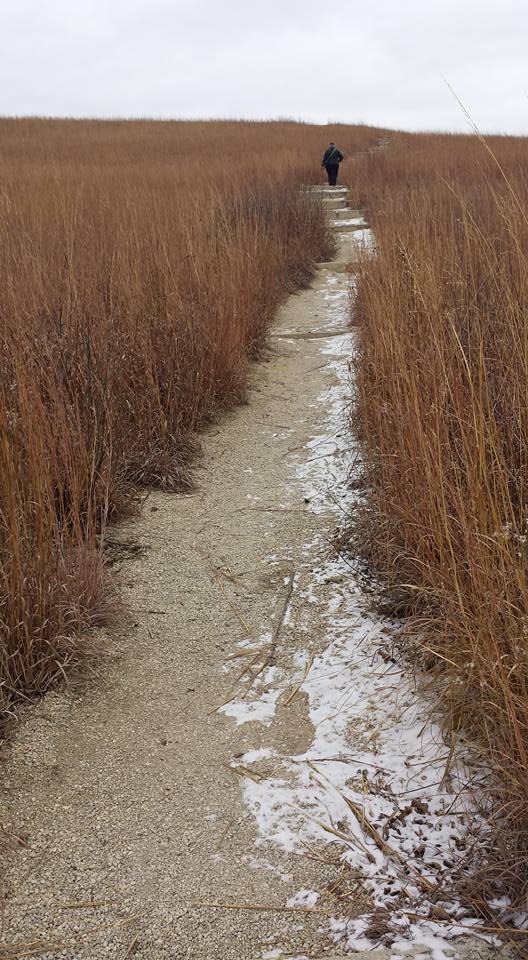
The most important thing for enjoying a winter hike and staying safe is layering! My husband repeats often that the goal is to stay comfortably cool. If you are too warm, you will sweat and then you’ll be hiking in wet clothes which is uncomfortable at best and dangerous or downright deadly at worst. So you are supposed to wear layers that you can remove as you warm up and put back on as you cool down during your hike. Layering is supposed to be a base layer, then a mid layer, then an insulating layer and finally outerwear.
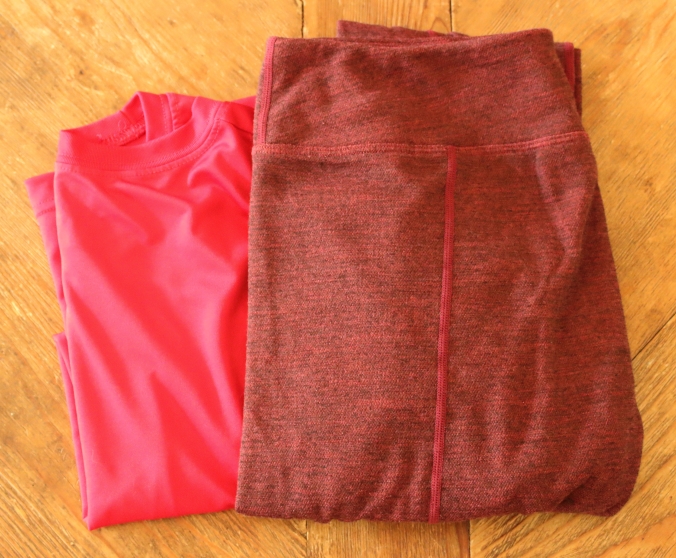
For my hikes I wear a base layer (worn right next to your skin to wick moisture away from your body to keep you dry and provide some additional warmth) of polyester/wool leggings and a 100% polyester dry fit shirt.
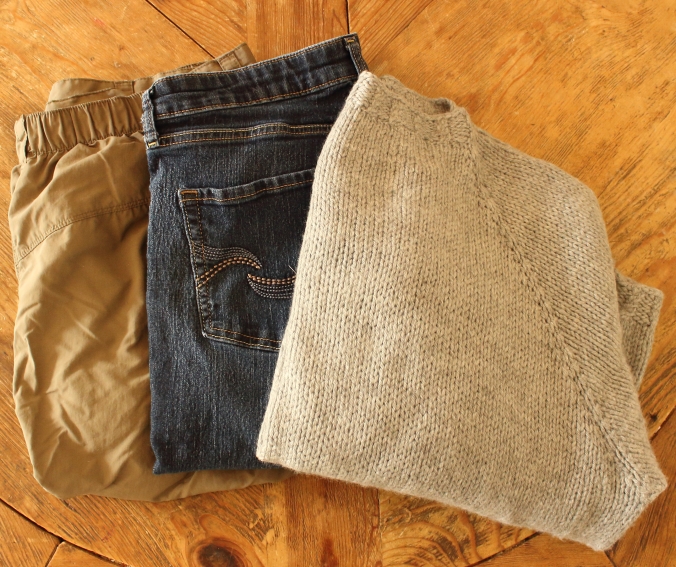
Next I sort of combine my mid layer (worn directly over your base layer to boost warmth slightly) and my insulating layer (traditionally an optional warmer layer over the mid layer). For this second layer I wear a wool sweater and either 100% nylon hiking pants or jeans. Fleece sweatpants covered by nylon hiking pants would be the smarter choice. But I don’t do that for two reasons: I don’t own fleece sweatpants and I don’t love my hiking pants. I’ll wear them if safety is a true concern, otherwise they stay in my closet. I generally don’t wear an outer layer on my legs.
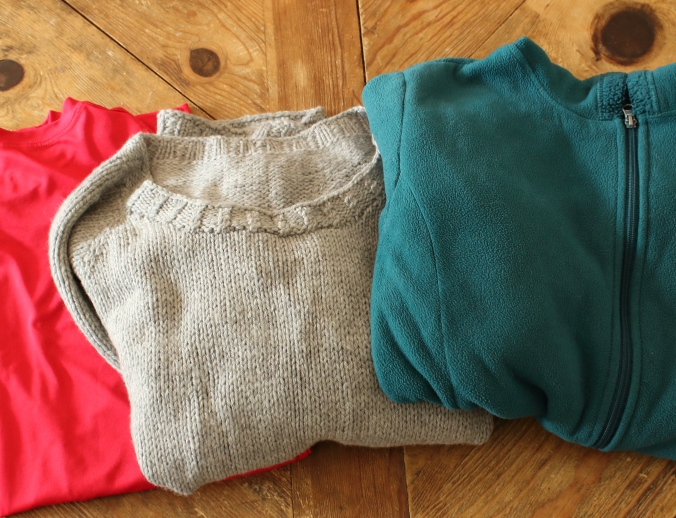
For my torso I do add a heavy fleece jacket, an insulated rain jacket or a heavy winter coat depending on the weather.
The second important thing to remember for winter hiking is that cotton is not your friend for this. Instead you are supposed to wear polyester, wool, alpaca, silk or other materials that are breathable, moisture-wicking and fast-drying. In fact, in packing for Northern Tier the boys were told repeatedly, “Remember, cotton kills!” I’ve never hiked in the extreme temperatures that they were out in every day at camp, so I think of cotton as more of a frenemy than a killer on my hikes. For example, the jeans I sometimes wear as my mid layer would have been a big no-no for winter camp.
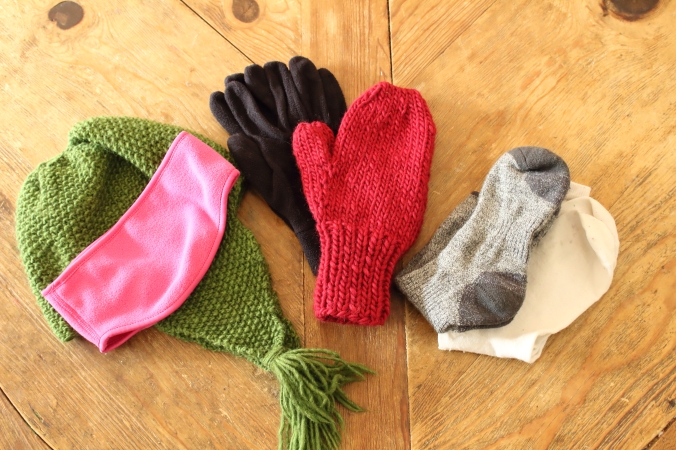
You also need to keep your hands, feet and head warm while you hike. Follow the same idea of layering on your extremities. Again I pick and choose what works for me. For example I’ve finally been converted to wear wool/nylon liner socks under wool socks for my feet. But I generally forego any liner gloves and just wear my knit wool mittens instead. I almost always wear a fleece headband and sometimes add a knit wool hat.
And finally you need to do the normal safety hiking things for a winter hike. Bring your charged phone in case you need to make a call, hike with a buddy or at the very least make sure someone knows where you will be and when to expect you back, consider trekking poles for stability on possibly slippery trails, wear sturdy hiking shoes, take plenty of water and snacks for fuel, know your route and stay alert.
Sierra Trading Post has one of my favorite guides to layering here. Plus a good chunk of our gear has come from clearance sales on Sierra Trading Post. Sizes are hit and miss but it you are willing to visit the site often, you can find some really good deals on gear.
